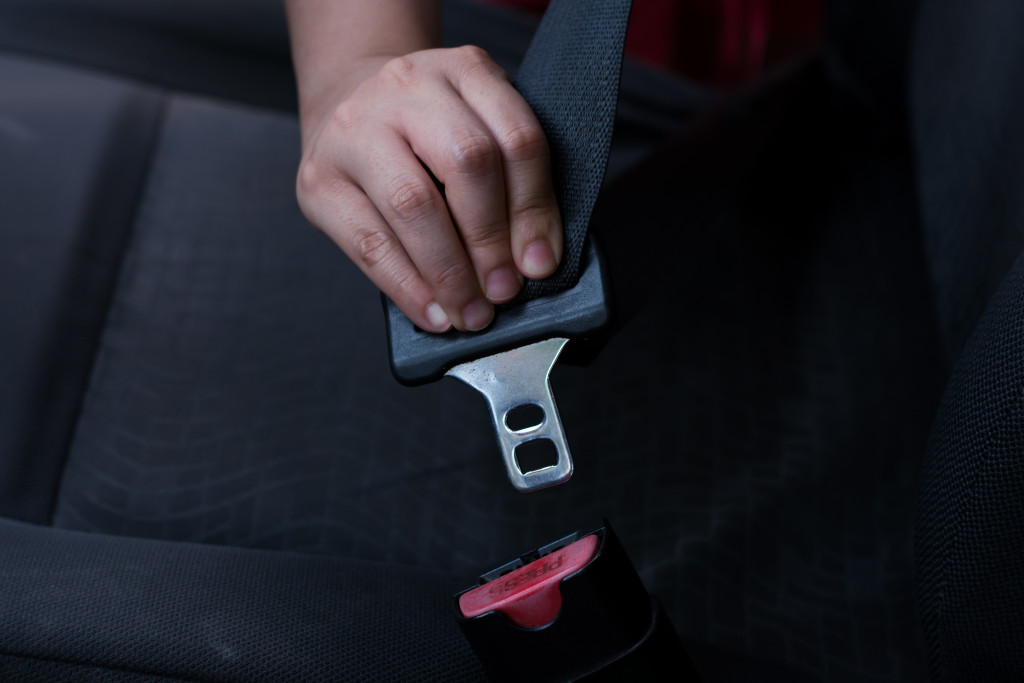Your family’s safety should be your top priority when you’re on the road. According to the National Highway Traffic Safety Administration, traffic accidents are the leading cause of death for children and young adults in the United States. But there are several things you can do to make sure they’re as safe as possible. Here are some tips to help keep your loved ones safe while you’re behind the wheel.
1. Don’t drive distracted
Distracted driving is a leading cause of accidents, so staying focused is essential when you’re behind the wheel. Put away your phone and other devices that could take your attention away from the road. And if you need to eat or drink, pull over to a safe location first.
Some people think that hands-free devices are safer than handheld ones, but that’s not always the case. Studies have shown that hands-free devices can be just as distracting as handheld ones. So it’s essential to use them sparingly, if at all. Educate your family about the dangers of distracted driving and set a good example by staying focused when you’re behind the wheel.
2. Practice defensive driving
This method means always being aware of the environment and anticipating what other drivers might do. It can help you avoid accidents and keep your family safe. Some defensive driving tips include:
- Keeping a safe following distance
- Checking your blind spots before changing lanes
- Using your turn signals early
- Yielding the right of way when necessary
- Being extra cautious in bad weather or poor visibility
When driving with your family (or any other time), be extra cautious and take things slow. That way, you’ll have more time to react if something happens. You can never be too safe when you’re on the road.

3. Wear your seatbelt
This one seems like a no-brainer, but you must ensure everyone in your vehicle is buckled up before you start driving. According to the Centers for Disease Control and Prevention, seatbelts reduce the risk of severe injury or death in a crash by 50%. If you’re in an accident, a seatbelt could be the difference between life and death for you or your loved ones.
It is also required by law to wear a seatbelt in most states, so make sure you and your family are buckled up before hitting the road. You could be held liable if you were ever in an accident and were found not wearing a seatbelt. Worst possible case scenario, someone could die wrongfully. It would be best if you worked with an experienced wrongful death lawyer to ensure that you and your family are protected.
4. Install the proper car seats
If you have young children, you must ensure they’re correctly restrained in a car seat or booster seat. According to the American Academy of Pediatrics, children should ride in a rear-facing car seat until they’re at least two years old. After that, they can ride in a forward-facing car seat until they’re four years old. Once they outgrow their car seat or booster seat, they can use a seatbelt.
But car seats and booster seats aren’t just for young children. Older kids and adults can benefit from them, too. Anyone under 4 feet 9 inches tall should ride in a booster seat. That’s because seatbelts are designed for people who are that height or taller. If you’re unsure if your child is ready for a seatbelt, have them sit in one and see their thighs fit snugly on in the lap belt, and the shoulder belt feels just right across their chest. If not, they need to continue using a booster seat.
5. Drive the speed limit
According to the National Highway Traffic Safety Administration, speeding is a factor in about 30% of all fatal crashes. So it’s essential to obey the speed limit and take things slow, especially when driving with your family.
It is essential to obey the speed limit, but you should also drive slower than the posted limit if necessary. That’s because the posted limit is the maximum speed you should go in ideal conditions. But if visibility is poor or the road is wet, you should slow down. You might get where you’re going a few minutes later, but arriving safely is better than not at all.
These are just a few tips to help you keep your family safe while on the road. Remember, safety is your number one priority when behind the wheel. You want your family to buckle their seatbelts, drive the speed limit, and arrive safely at your destination. So take your time and be cautious. It could save a life.







